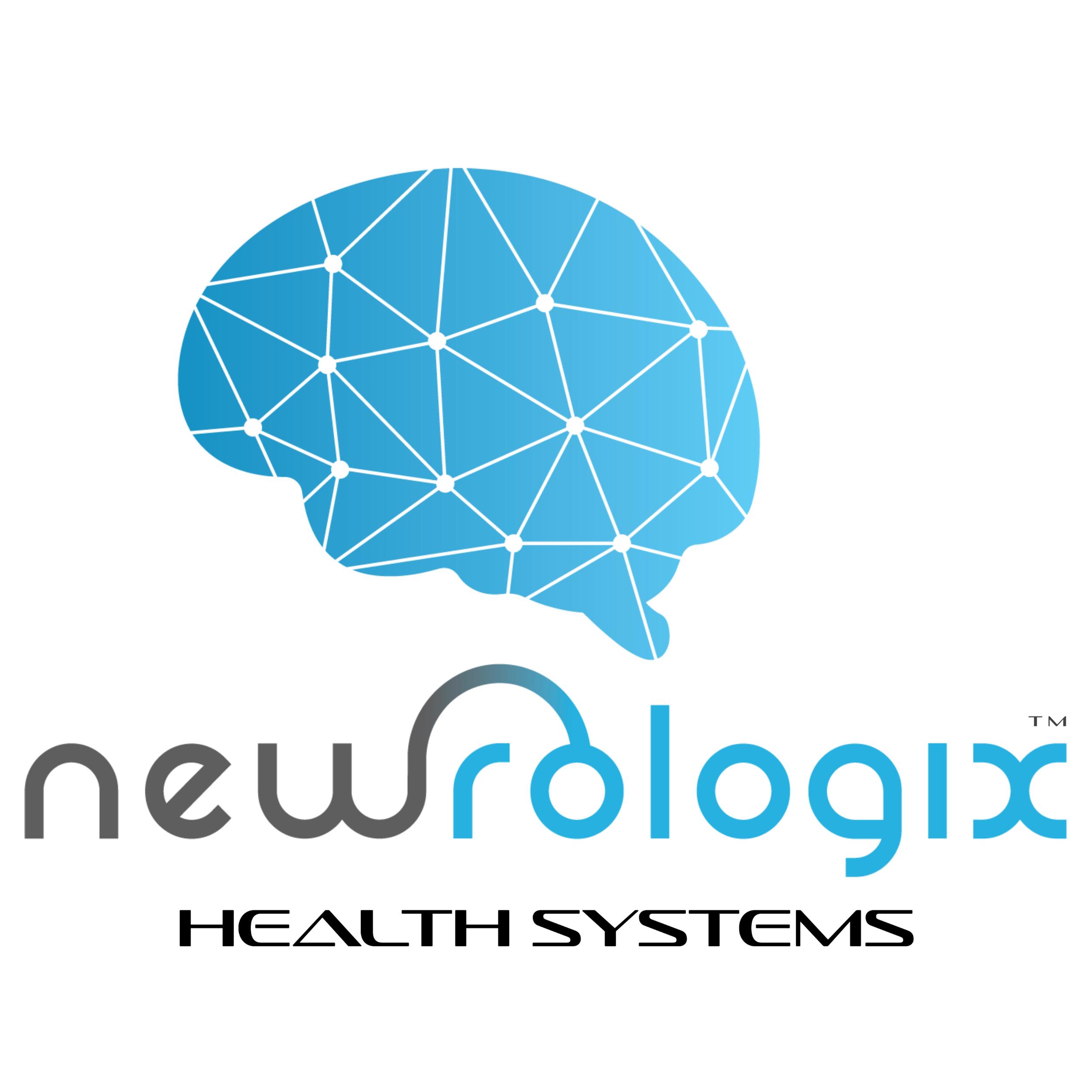Where does Attention com from?
When it comes to attention, the brain is a marvel of complexity. Two key players in the orchestration of attention are the reticular formation and the dorsolateral prefrontal cortex (DLPFC). Let's take a closer look at how these brain regions work together to facilitate attention.
The Reticular Formation: The Brain's Gatekeeper
Situated in the brainstem, the reticular formation acts as a vital modulator of attention. This intricate network of nuclei and neural pathways is responsible for regulating arousal, consciousness, and attention. It acts as the brain's gatekeeper, filtering sensory information and deciding what deserves conscious attention and what can be relegated to the background.
The reticular formation achieves this through its connections with different brain regions, including the thalamus and the cerebral cortex. By influencing the overall level of arousal and alertness, the reticular formation plays a pivotal role in determining an individual's ability to attend to specific stimuli amidst a sea of sensory input.
The Dorsolateral Prefrontal Cortex: Orchestrating Controlled Attention
Moving up to the cortex, we encounter the DLPFC, a region that is heavily involved in executive functions such as cognitive control, working memory, and attention. When it comes to attention, the DLPFC is particularly crucial for directing sustained, goal-oriented focus.
Research has shown that the DLPFC is involved in "top-down" attentional control, allowing us to concentrate on specific stimuli while filtering out distractions. This region not only helps in maintaining attention but also plays a role in shifting attention from one task to another when necessary.
Collaboration Between the Reticular Formation and the DLPFC
The collaboration between the reticular formation and the DLPFC is essential for the seamless operation of attention. The reticular formation acts as a sentinel, assessing the incoming sensory information and signaling the DLPFC when attention needs to be deployed or redirected.
In turn, the DLPFC utilizes this information to modulate attention, exerting top-down control based on the assessment provided by the reticular formation. This intricate interplay enables us to prioritize, sustain, and shift our attention as per situational demands.
In essence, the reticular formation and the DLPFC work hand in hand to orchestrate attention. While the reticular formation acts as a gatekeeper, determining the salience of sensory input and regulating arousal, the DLPFC provides the executive control needed for directing and maintaining attention. Understanding the dynamic interplay between these brain regions sheds light on how attention is achieved and sheds light on the complexity of the human brain's attentional mechanisms.










